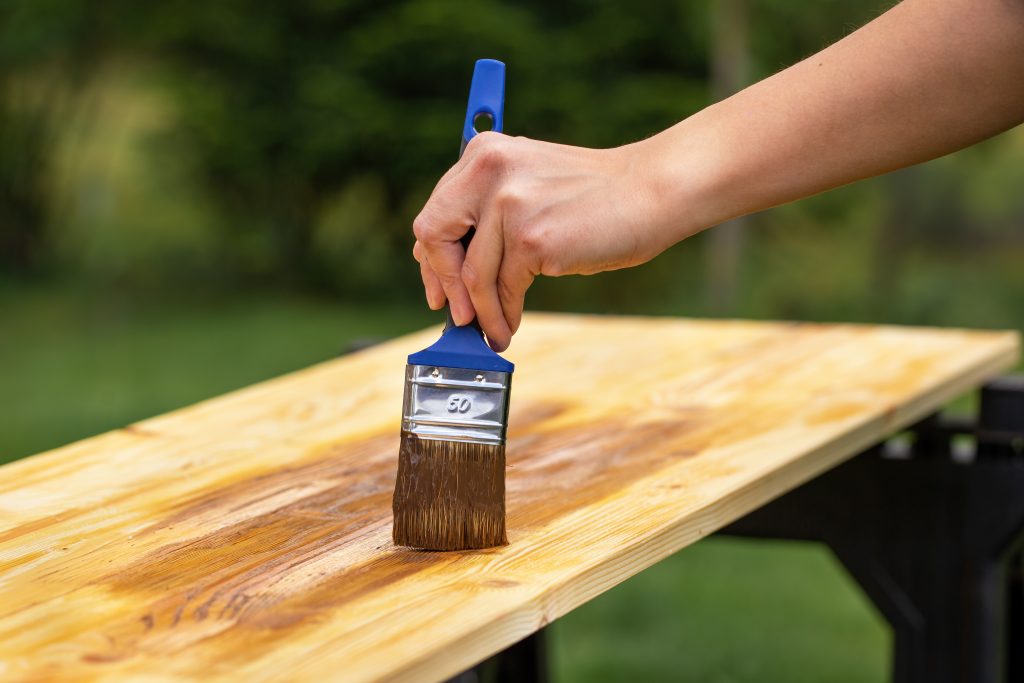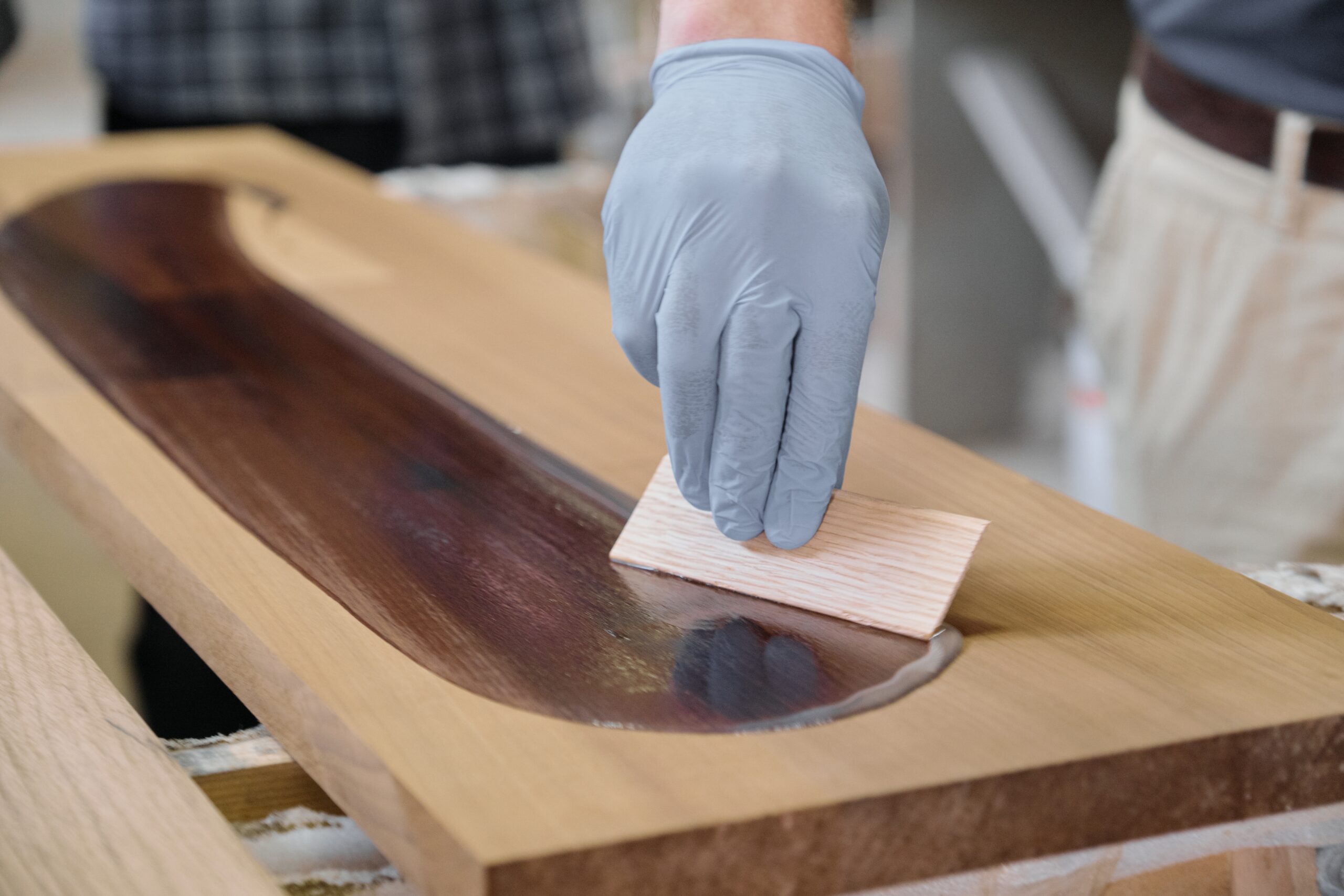
Traditional Finishing Methods for Amish Furniture
Some of the most time-honored furniture finishes and the traditional techniques that go along with them belong to Amish woodworkers, skilled in the craft they’ve been perfecting generation after generation. After hand selecting the perfect cut of American hardwoods such as maple, oak, cherry and walnut, Amish craftsmen take their time to build each piece, paying close attention to detail. Made from solid wood that is quarter-sawn or plain sawn, these strong and stunning pieces are intricately designed and built using non-toxic adhesives as well as joining techniques that include the use of dovetails, rabbets and mortise-and-tenon that are reinforced with glue. Amish furniture is then ready for the final step – finishing. Traditional finishing includes adding a stain, either transparent or in a chosen tone, then completed with a variety of finishes including wax, lacquer, varnish, and shellac. Amish craftsmen take great pride in their work, setting high standards of both construction and finishing of the furniture they create. Each piece that is custom designed will have aspects that showcase the artistry involved and accentuate the hand-selected wood chosen for each piece.
Can you describe the process of staining Amish furniture by hand?
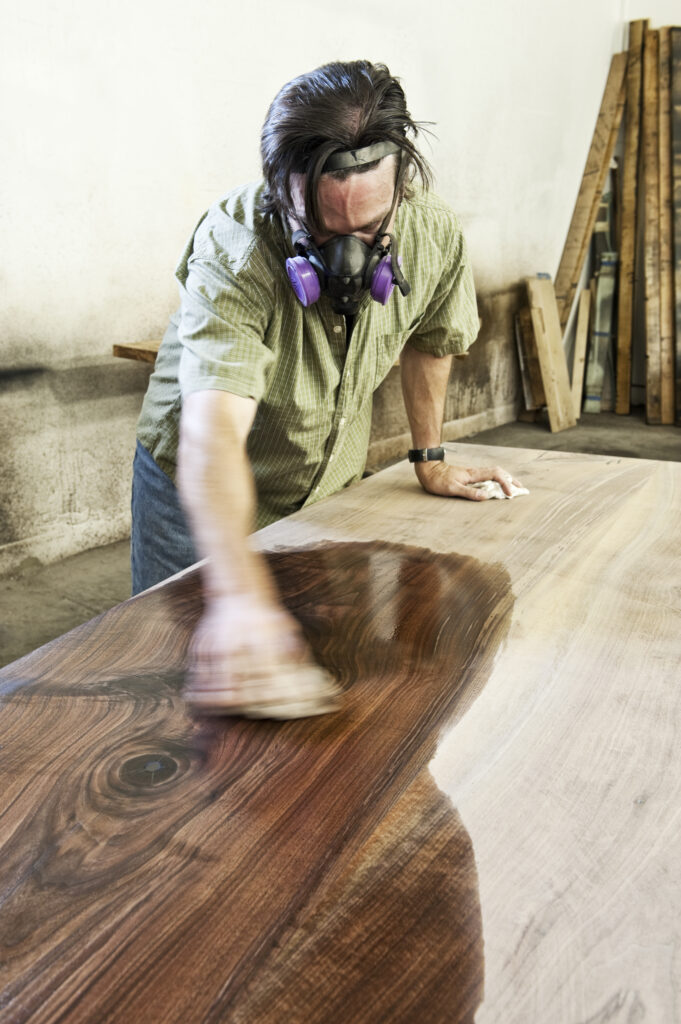
Like the construction of the furniture itself, Amish wood staining requires patience, skill and great attention to detail, utilizing techniques that have been passed down from generation to generation. Each piece is then sanded to a smooth surface, making sure that the wood is free of flaws or blemishes. Once the wood is sanded to create an even surface, the artisan will decide which stain to use. Most often, natural wood finishes are chosen to showcase the beautiful hardwoods used in building Amish furniture. Stain color is chosen to compliment the furniture or is selected by the purchaser to match existing decor if the piece is custom made. The stain is rubbed into the surface by hand using a cloth, with any excess wiped off as needed. This process is then repeated to reach the desired shade. While wood finishing truly begins with an expertly sanded surface, staining is what prepares the wood for the final step in Amish furniture building which is applying the finishing. The wood is allowed to dry before any sealer is applied in the finishing process. A clear finish such as lacquer, varnish, or polyurethane will be the final step to add durability to the piece. In many cases, Amish craftsmen will also utilize hand-rubbed oil finishes to nourish the wood to enhance the natural beauty found in the unique grains of wood.
What are the advantages of using traditional stains for Amish furniture?
Stains are typically applied for aesthetic purposes, allowing the craftsman to add a tone that will best achieve the results they’re looking for. Staining takes the natural wood color and changes it permanently, making it either a lighter or darker tone, depending on the desired look. Most traditional wood surface treatments for Amish furniture include staining each piece before applying the finish. Traditional stains will provide a higher level of protection while also enhancing the appearance of the wood. As it penetrates into the wood, traditional stains create a deeper color that adds definition to the wood grain. These stains also allow for a more natural feel once the finish is complete, helping to protect and strengthen the wood. Penetrating the first few layers of wood, stain keeps moisture from getting inside, which can lead to rotting. Along with added character, sheen and color, stained Amish furniture has a barrier that paint simply cannot provide, as it only sits on the surface of the wood..
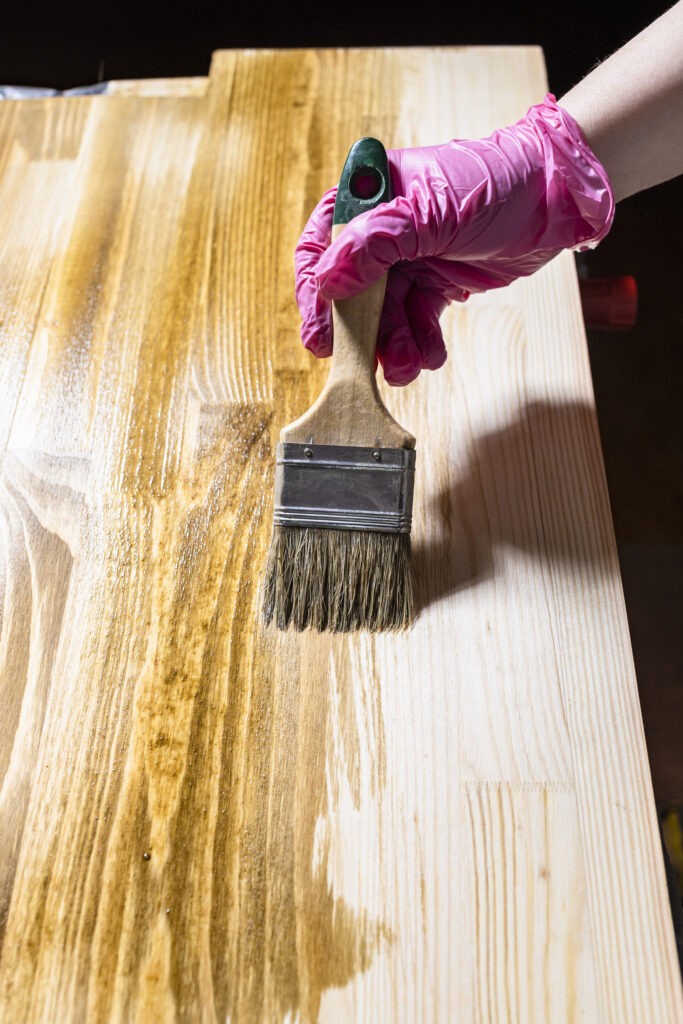
How do Amish craftsmen ensure the stain’s consistency on large furniture pieces?

Amish craftsmen artistry begins with beautiful wood that is carefully and meticulously sanded before stain is applied. Ensuring the consistency during stain application on large furniture pieces involves a few very important steps that are a part of the classic wood sealing methods used by Amish craftsmen:
- First, Amish craftsmen will take great care in sanding the surface to a smooth texture, making sure that it is free of imperfections or blemishes that could be amplified once stain is applied.
- Once the selected stain is stirred well, it is applied by hand slowly and steadily.
- Excess stain is removed immediately with a lint-free cloth to create a consistent finish.
- The piece is allowed time to dry before another application will begin.
- Additional layers of stain are added one at a time until the craftsman reaches the desired color.
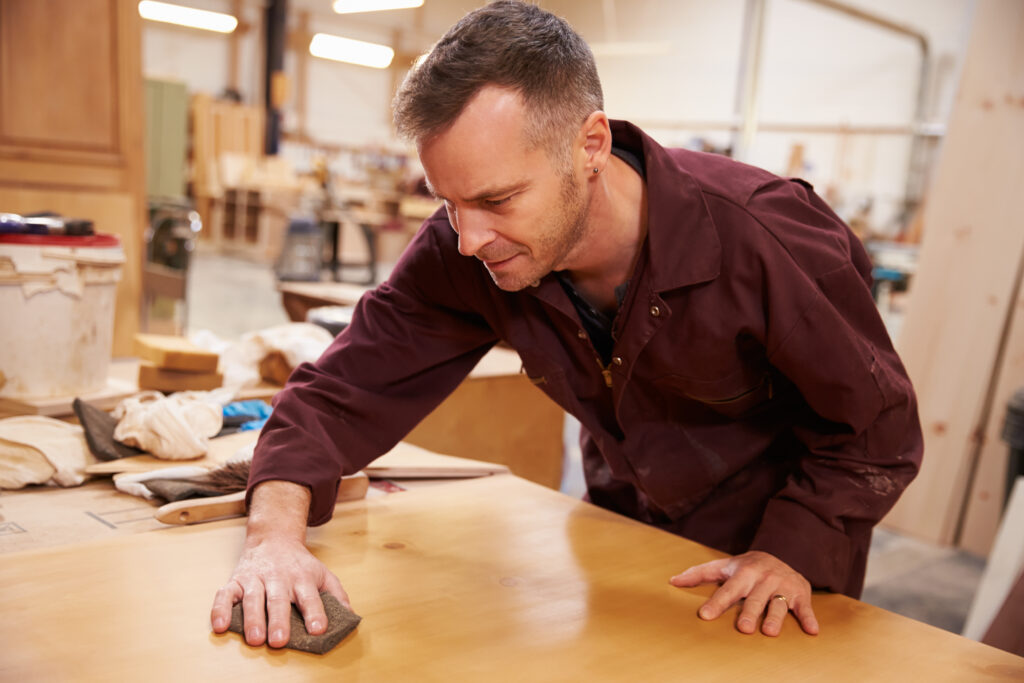
What makes hand-rubbed oil finishes a popular choice for Amish furniture?
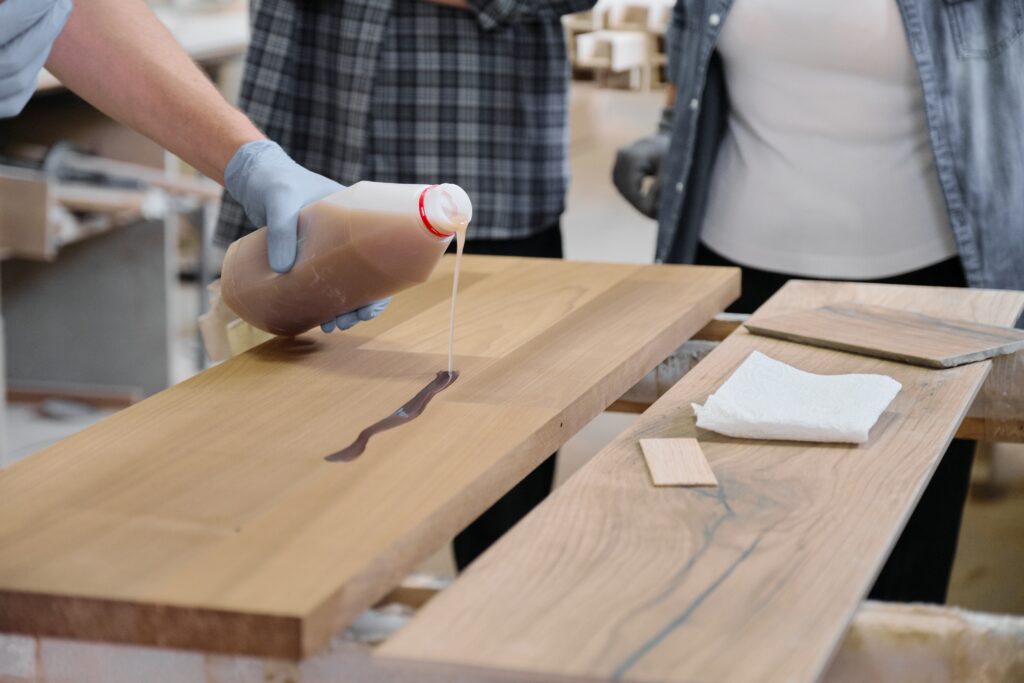
Hand-rubbed oil finishes have been used for centuries to enhance the natural beauty of wood. Although these finishes can be used on any type of wood, they work best on hardwoods like maple, cherry, hickory, and oak used by Amish craftsmen. Penetrating deeper into the wood, they bring rich dimension to the surface while highlighting the beautiful grain patterns that are characteristic of American hardwoods. Hand-rubbed oil finishes nourish the wood, creating hand-rubbed sheen and a natural, rich finish.
Although more susceptible to damage, they are also water and spill resistant, while still allowing the wood to breathe as it would naturally. Scratches, dings, and abrasions from everyday wear and tear are easily repaired by lightly sanding the area and adding a fresh coat of oil when necessary. An oil finish is water and spill resistant, making it both durable and long-lasting. Hand-rubbed oil finishes can be reapplied anytime to freshen the furniture piece and to build up the finish to a more beautiful shine.
Overall, hand-rubbed oil finishes are a beautiful and durable way to protect and enhance the natural beauty of wood.
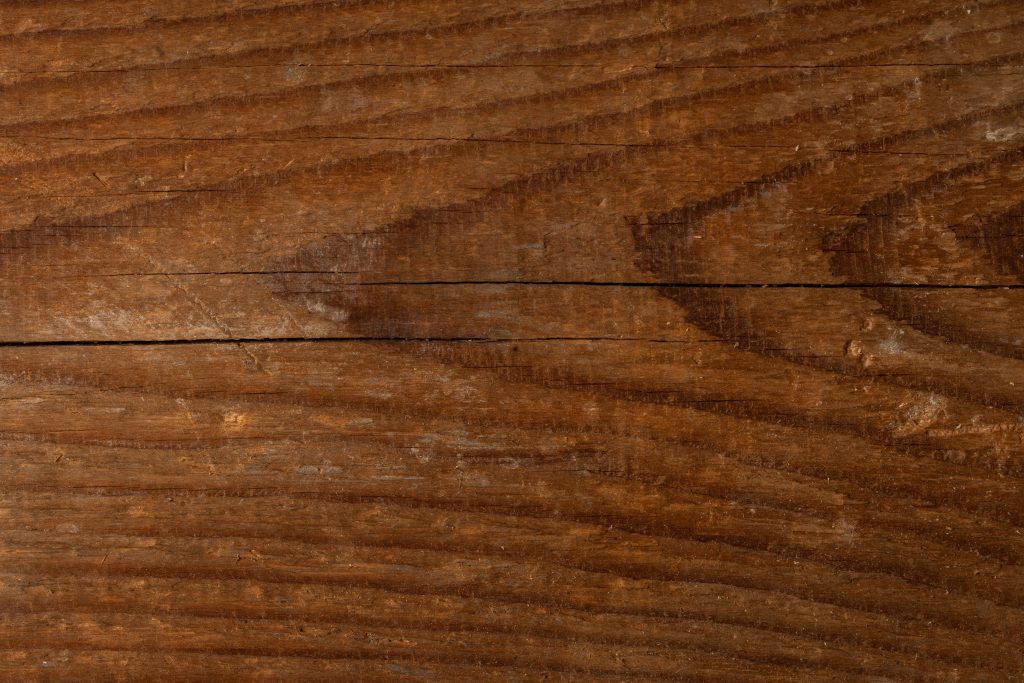
How do Amish artisans prepare the wood before applying hand-rubbed oil finishes?
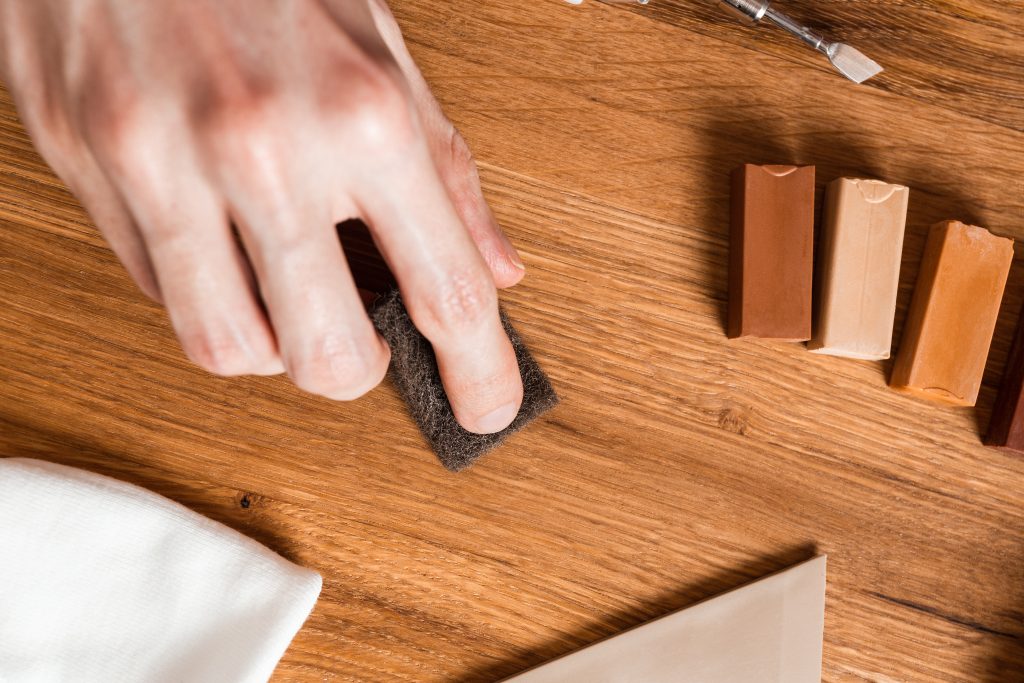
In order to prepare the wood for a hand-rubbed oil finish, Amish artisans first clean the wood to remove any grease, oil, dirt, or dust that may be on the surface. They then sand the surface with a coarse grade of sandpaper, then a finer grade until the surface matches their desired texture. Hand-rubbed oil finishes will highlight any flaws in the surface of the piece, which is why great care is taken to ensure the surface is smooth and ready for the application. After sanding, the wood is wiped down with a clean cloth to remove any sanding dust. Then, a thin coat of oil is applied to the wood. The oil is allowed to soak into the wood for a few minutes, and then it is wiped off with a clean cloth. This process is repeated several times, with each coat of oil being allowed to soak in for a few minutes before being wiped off. The final coat of oil is allowed to dry completely before the piece is used.
What are some of the challenges faced by Amish craftsmen when applying hand-rubbed oil finishes?
Hand-rubbed oil finishes are a popular choice for Amish furniture because they provide a natural, low-maintenance finish that enhances the beauty of the wood. The process of applying a hand-rubbed oil finish is time-consuming, but the results are evident in the beautiful craftsmanship highlighted by the finish. Although Amish furniture makers are masters at their craft, there are some challenges that they have to be mindful of when applying hand-rubbed oil finishes. Extra care must be taken to prepare the surface. This step starts with sanding, to be sure the surface is both smooth and free of imperfections. Any flaws in the wood’s surface will become more noticeable once the oil is applied. Other challenges with hand-rubbed oil finishes include the extra time it takes to apply and cure; although this isn’t really an issue for most Amish craftsmen as they take their time, carefully constructing each piece. Multiple coats may also be needed to reach the desired sheen.

How do Amish artisans achieve a smooth and flawless surface with hand-rubbed oil finishes?

Achieving a smooth and flawless surface when utilizing hand-rubbed oil finishes isn’t the easiest task. Here are some of the most important steps in the application process:
- First, the wood must be thoroughly sanded to remove blemishes, even out the pores, and create a smooth surface before any oil is applied.
- The next step after gently wiping any dirt and sawdust off of the wood, is adding a stain if one will be used. This process is done as meticulously as the rest, one layer at a time until the desired color is achieved.
- Once the stain has dried completely, the oil is applied evenly and liberally with a clean cheesecloth pad or lint-free rag using a figure eight or circular motion with the heels of the hand, working along the grain. Warmth generated through this technique helps the oil to penetrate into the wood.
- Oil is applied until it is no longer being absorbed by the wood.
- Once the oil has had time to soak into the pores of the wood, the excess oil is then wiped off with another clean, lint free rag.
The first coat may be allowed anywhere from two to four hours to dry before another coat is applied.
- A fine, steel wool pad may be used to apply the second coat for a smoother finish.
- Untreated wood usually takes two to three coats, however, up to six coats may be applied for lasting protection.
Sealing the surface of the furniture isn’t necessary until after applying the finish. However, it will help with the durability and lessen the maintenance on the piece when applied.
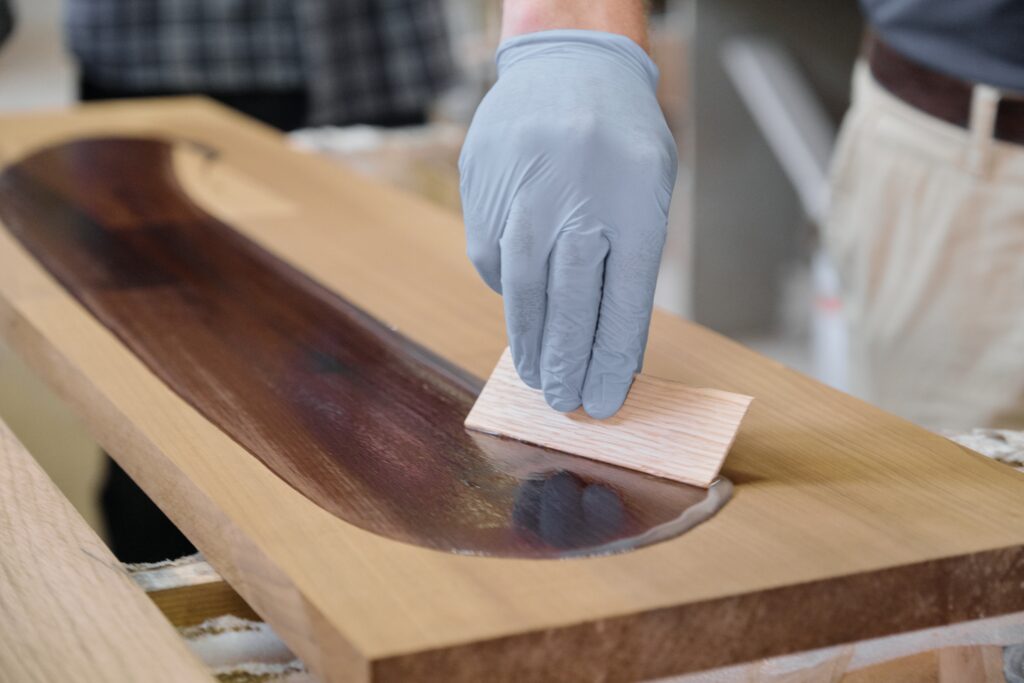
Are there any specialized tools used in the hand-rubbed oil finishing process?

Hand-rubbed oil finishes are both water and spill resistant, extending the life of the piece and adding durability while also making it easier to maintain. Because the oils are hand-rubbed, the artisans have better control over the application, ensuring a more consistent finish on each piece. While also eco-friendly, hand-rubbed oil finishes are both non-toxic and food safe. They have been around for centuries, passed down through generations of Amish craftsmen, proving that this time-honored tradition is a trustworthy part of the furniture building process. Here are a few other ways that hand-rubbed oil finishes stand out amongst other methods:
What are some of the unique characteristics of hand-rubbed oil finishes that set them apart from other methods?
- Oil finishes will produce a more textured grain pattern than other alternatives.
- Rather than sitting on the surface, like some finishing methods, oil penetrates deeper into the wood.
- The deeper penetration allows oils to accentuate the color and grain of the wood, bringing out the natural beauty of the wood.
- Because hand-rubbed oil finishes are done by hand, this process is often more costly and time-consuming but well worth the results it provides.
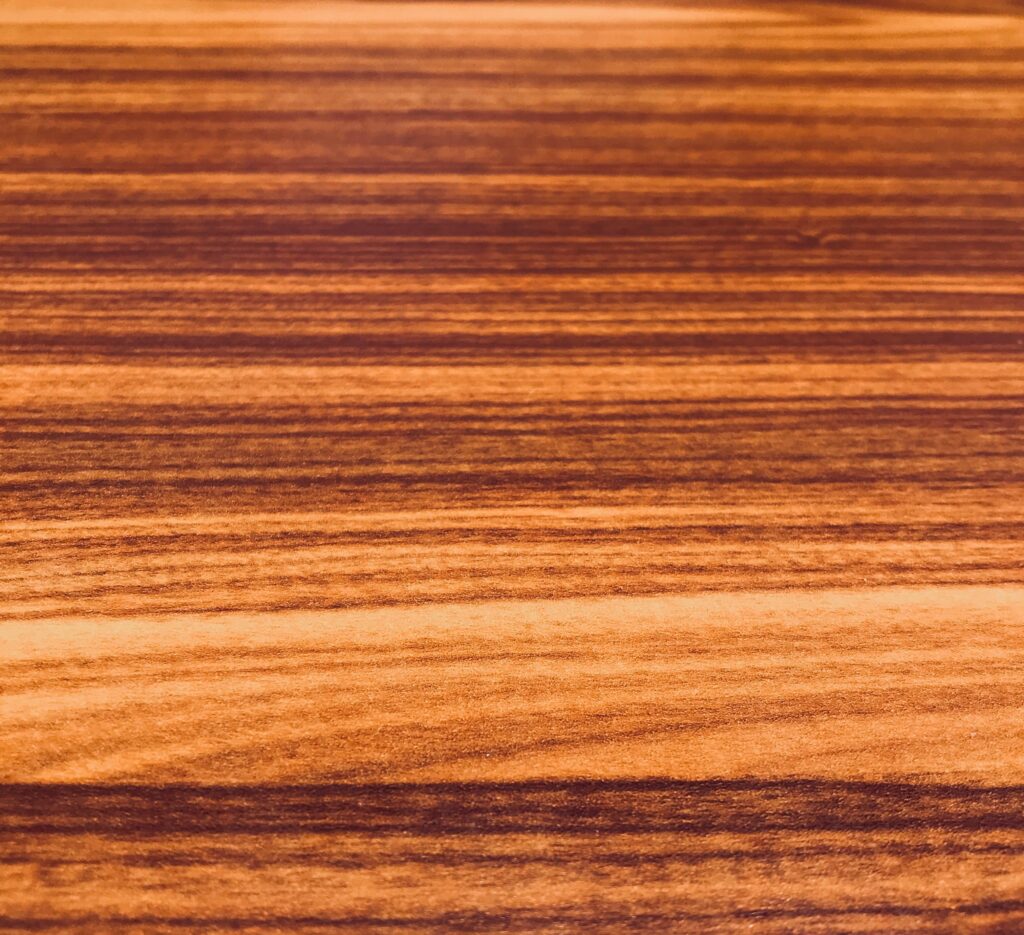
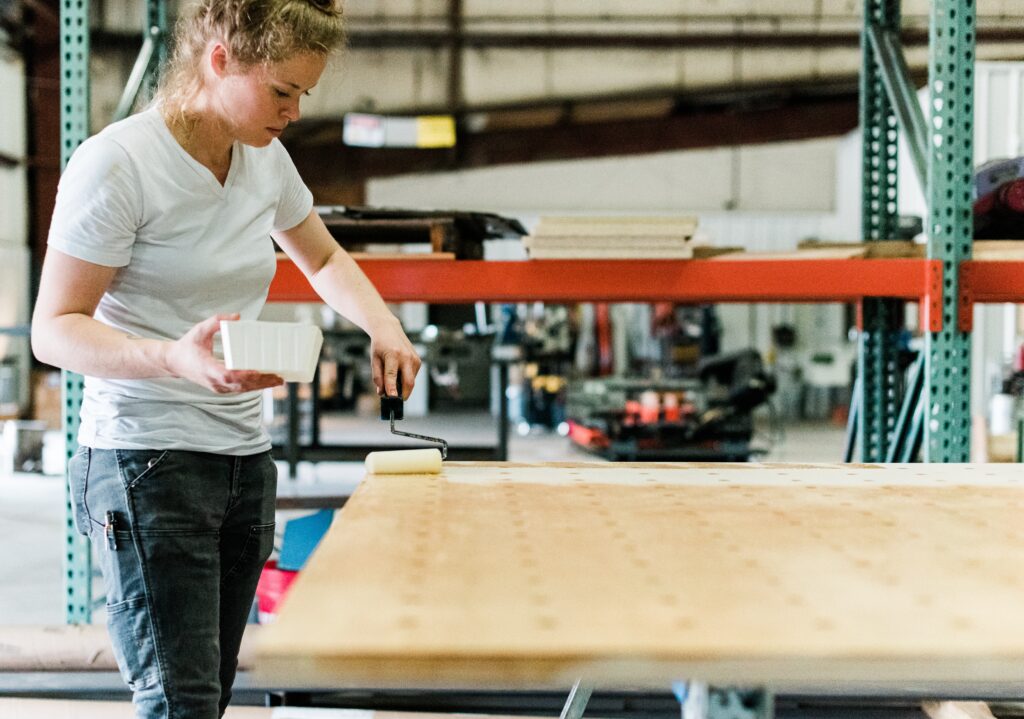
- Oil finishes will produce a more textured grain pattern than other alternatives.
- Rather than sitting on the surface, like some finishing methods, oil penetrates deeper into the wood.
- The deeper penetration allows oils to accentuate the color and grain of the wood, bringing out the natural beauty of the wood.
- Because hand-rubbed oil finishes are done by hand, this process is often more costly and time-consuming but well worth the results it provides.
How has the tradition of hand-rubbed oil finishes been passed down through generations of Amish craftsmen?
Hand-rubbed oil finishes are one of the historic furniture finishing methods that have been passed down through the generations of Amish craftsmen. This integral part in Amish furniture building enhances the higher standard found in the pieces that are produced. Amish families begin involving their children in much of the building and creative processes at an early age, teaching them many of the traditional techniques that are still used today. Using the highest quality materials, future craftsmen are taught how to build each individual piece by hand, with the understanding that each step deserves patience and care. While some builders may omit this step. Amish craftsmen continue to teach the skill of hand-rubbed oil finishes for the look it provides as well as the durability it adds.
